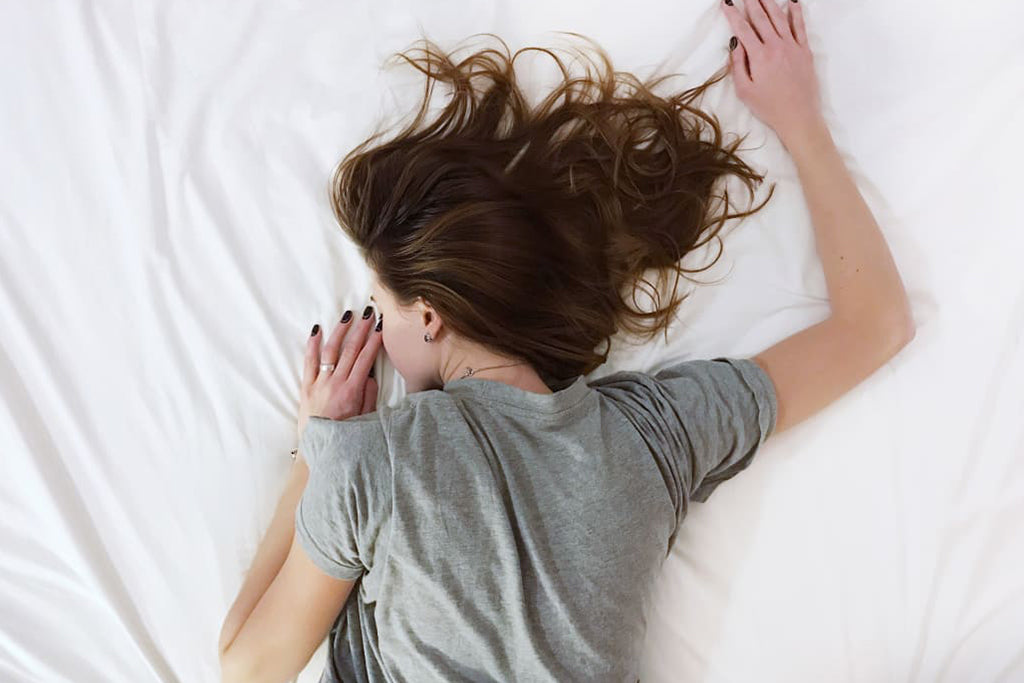You probably know enough about yourself to know what time you need to go to bed to wake up feeling refreshed and when you’re going to hit the wall at the end of a long day. Maybe you’ve even figured out when to fit exercise into your schedule for maximum impact. But think about how good you could feel if you understood how to use that ebb and flow of energy to get a great night’s sleep. If on occasion you find yourself staring at the ceiling at 3 am, this information could be a game-changer.
Your 24-hour internal clock, or your circadian rhythm, controls your wake/sleep cycle. All plants and animals have one. This rhythm dictates mental, physical, and behavioral changes based on a combination of biological and environmental factors. If you can align life’s demands with your circadian rhythm, you’ll sleep better, which can pay off in a big way.
Restful slumber leads to better immune function to help you fight off illness, sharpen your memory, and improve your learning skills. You’re better able to manage stress, and there are even links between ample sleep, improved metabolism, and weight loss. That’s plenty of reason to harness the power of your circadian rhythm for better sleep. Here’s how it all works and what you can do to sleep more effectively.
The Healing Power of Sleep
We know sleep is essential for good health, and all you have to do is look at what happens to your body systems during rest to understand why. While you’re snoozing, cerebrospinal fluid is pumped more rapidly through your brain, whisking away brain cell waste products. Respiration slows and becomes steadier. Heart rate and blood pressure go down, while your body is releasing growth hormones and increasing blood flow to repair muscles and joints.
What’s Light Got to Do With It?
 Exposure to light helps to let your body know that it’s time to rise.
Exposure to light helps to let your body know that it’s time to rise.
Early birds and night owls can see a direct link between daylight, darkness, and their circadian rhythm, but all of us tend to be more alert during the day and more lethargic after the sun sets. In addition to light exposure, biological forces are at work too as your hypothalamus receives signals from your eyes, triggering the release of sleep-inducing melatonin as dusk approaches.
Sleep Disorders
Despite our efforts to get a good night’s sleep, there are still times when stress, environmental factors, and disruptions in our schedules get in the way of getting your rest. These circadian rhythm disruptions interrupt your sleep patterns, leaving you cranky, forgetful, unable to concentrate—or worse. A common problem in teens, for example, is Delayed Sleep Phase Disorder, which comes from staying up past midnight and still getting up early for school. This leads to daytime sleepiness and a drop in school performance. These adolescents are typically most alert and productive late at night, so their body clock is out of sync with their external environment.
A similar issue for the elderly is Advanced Sleep Phase Disorder, when a senior may go to bed before 9 pm, only to wake up between 2 and 5 am. Advanced cases are marked by chronic insomnia and sleepiness in the late afternoon. If the sleep-wake cycle shifts later each day with no apparent connection to day and night, the Free-Running Disorder is often linked to dementia.
Another mismatch of biological clock and environment is jet lag, which is always more severe when traveling east due to the body’s inability to advance sleep based on environmental circumstances.
Shift Work Disorder is in a category by itself due to a litany of issues surrounding the challenge of working at night and taking on rotating shifts. The conflict between circadian rhythms and irregular work schedules or having to perform at peak levels in the middle of the night can result in low energy, excessive sleepiness or an inability to sleep, headaches, and difficulty concentrating. This can even lead to work-related accidents as well as a host of health problems including gastrointestinal, cardiovascular, metabolic issues, and drug and alcohol dependency.
Getting in Sync With Your Circadian Rhythm
 Keeping a regular sleep schedule can do wonders to improve the quality of your rest.
Keeping a regular sleep schedule can do wonders to improve the quality of your rest.
If you find your circadian rhythm isn’t matching up to your schedule, there are some strategies you can put in place to get back on track:
-
Maintain a regular bedtime and set your alarm to wake you up at approximately the same time every day.
-
Use exercise and outdoor activity to energize the body during daylight hours when the body is designed to be more active.
-
Limit daytime napping or eliminate it altogether.
-
Create the optimum daytime and evening environment for yourself by seeking outdoor light exposure during the day and limiting exposure to artificial light late in the day.
-
Wear blue blocking glasses during the day to block artificial sources of blue light from throwing off your circadian rhythm. Wear blue-green night blockers in the evening to shut out sleep-disturbing frequencies of light that tell the body it’s time to get up and go.
-
Avoid stimulants at night, including caffeine, sugar, intense exercise, and heavy or spicy meals.
-
When you do hit a bump in your road to sweet dreams, keep a sleep log for a week or two so you can track biological, lifestyle, and environmental factors that may be interfering with your natural sleep cycles.
These aren’t radical steps. For most people, getting a better night’s sleep is often just a matter of a little planning and perhaps a bit more discipline. But the well-rested feeling you have the next day is well worth the effort. Once you get on track, you can take advantage of the body’s natural rhythms to develop a routine. Of course, nobody’s perfect, but those occasional lapses are easier to correct once you know what works. Give it a try—you just may be surprised how well you can perform after a good night’s sleep.
Written by Ann Gibson for Matcha in partnership with SafetyBlue.




